#famous artists
Text



Vincent van Gogh
Skull, May, 1887 (profile)
Skull, May, 1887
Sunflowers, 4th version, 1888
#vincent van gogh#van gogh#modern art#expressionism#dutch painter#art history#sunflowers#skulls#floral art#anatomy#flowers in art#beautiful flowers#nature#floral painting#floral#flora#tumblrstyle#tumblr art#artists on tumblr#famous artists#tumblraesthetic#aesthetictumblr#tumblrpictures#tumblrpic#beautiful art#beauty#skull art#skull aesthetic#aeathetic#love
472 notes
·
View notes
Text

387 notes
·
View notes
Photo

“Interior With Etruscan Vase” (1940), Henri Matisse
“I do not literally paint that table, but the emotion it produces upon me.”
#art#I love art#follow art#artists on tumblr#Tumblr art blogs#Henri Matisse#Matisse#painting#color#beauty#famous artists#famous art#art quotes#art history#quote of the day
530 notes
·
View notes
Text

Roses, 1890, by Vincent van Gogh (1853 - 1890)
On the eve of his departure from the asylum in Saint-Rémy in May 1890, Van Gogh painted an exceptional group of four still lifes, to which both the Museum's Roses and Irises (58.187) belong. These bouquets and their counterparts—an upright composition of irises (Van Gogh Museum, Amsterdam) and a horizontal composition of roses (National Gallery of Art, Washington, D.C.)—were conceived as a series or ensemble, on a par with the earlier Sunflower decoration he made in Arles. Traces of pink along the tabletop and rose petals in the present painting, which have faded over time, offer a faint reminder of the formerly more vivid "canvas of pink roses against a yellow-green background in a green vase."
#vincent van gogh#art#art history#art history blog#painting#artwork#flowers#floral#still life#vase#roses#1890#1800s#1800's#19th century#famous artists
617 notes
·
View notes
Text
The heart of man is very much like the sea; it has its storms, its tides, and its depths; it has its pearls too.
Vincent van Gogh
#vincent van gogh#famous artists#spilled thoughts#words#quotes#beautiful words#spilled words#wordporn#wordsnquotes#deep quotes
124 notes
·
View notes
Text
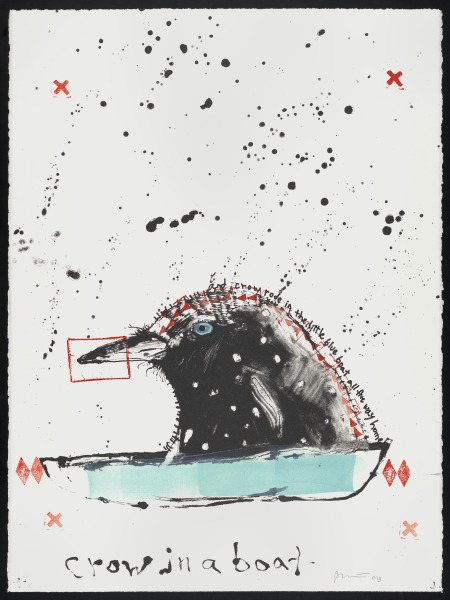
No Context Crow #174: Crow In A Boat
Art by the late Rick Bartow; you can find it here!
#crows#corvids#corvidae#birds#animals#art#drawing#illustration#artists#artblr#painting#rick bartlow#painters#abstract#abstract art#famous artists#boats#row boat#daily crows#crow queue#No Context Crow No. 174
25 notes
·
View notes
Text

“…to be wild and perfect for a moment, before they are nothing forever.”
-Mary Oliver, Peonies
Small Bottle with Peonies and Blue Delphiniums, Vincent Van Gogh (1853-1890) Paris, June-July 1886
#poetry#favorite poets#quote#quotes#mary oliver#poem#vincent van gogh#art#art history#van gogh#historic art#peonies#flowers#being alive#paintings#famous artists#famous artworks
54 notes
·
View notes
Text

GEORG BASELITZ (Berlin, 1962)
15 notes
·
View notes
Text
The Battle of Borodino on 26 August 1812 by Peter von Hess

The Battle of Borodino took place near the village of Borodino on 7 September (O.S. 26 August) 1812 during Napoleon's invasion of Russia. The Grande Armée won the battle against the Imperial Russian Army, but failed to gain a decisive victory and suffered tremendous losses. Napoleon fought against General Mikhail Kutuzov, whom the Emperor Alexander I of Russia had appointed to replace Barclay de Tolly on 29 August (O.S. 17 August) 1812 after the Battle of Smolensk. After the Battle of Borodino, Napoleon remained on the battlefield with his army; the Imperial Russian forces retreated in an orderly fashion southwards. Because the Imperial Russian army had severely weakened the Grande Armée, they allowed the French occupation of Moscow, using the city as bait to trap Napoleon and his men. The failure of the Grande Armée to completely destroy the Imperial Russian army, in particular Napoleon's reluctance to deploy his Imperial Guard, has been widely criticised by historians as a huge blunder, as it allowed the Imperial Russian army to continue its retreat into territory increasingly hostile to the French. Approximately a quarter of a million soldiers were involved in the battle, and it was the bloodiest single day of the Napoleonic Wars.
Although the Battle of Borodino is classified as a victory for Napoleon since he and his men managed to capture Moscow, the fierce defense of the Imperial Russian Army devastated the Grande Armée to such an extent that it caused France and its army to become militarily impuissant. Also, the city was actually used as bait to lure and trap the French forces. When Napoleon and his men visited the city, he found that it was burnt and abandoned upon his arrival. While Napoleon was in Moscow, he sent a letter to the tsar who was residing in Saint Petersburg demanding that he surrender and accept defeat. Napoleon received no response. Whilst patiently waiting for an answer from the tsar, as soon as the cold winter and snowfall started to form, Napoleon, realizing what was happening, attempted to escape the country with his men. Seeing that they were fleeing, the Imperial Russian army launched a massive attack on the French. Attrition warfare was used by Kutuzov by burning Moscow's resources, guerrilla warfare by the Cossacks against any kind of transport and total war by the peasants against foraging. This kind of warfare weakened the French army at its most vulnerable point: logistics, as it was unable to pillage Russian land, which was insufficiently populated nor cultivated, meaning that starvation became the most dangerous enemy long before the cold joined in. The feeding of horses by supply trains was extremely difficult, as a ration for a horse weighs about ten times as much as one for a man. It was tried in vain to feed and water all the horses by foraging expeditions. Of the more than 600,000 soldiers who invaded the Russian Empire, fewer than 100,000 returned.
Sources. The Battle of Borodino, from Wikipedia, the free encyclopedia
youtube
#Отечественная война 1812 года#War of 1812#Художник#Начинающий художник#famous artists#Эрмитаж#Hermitage Museum#Russian Empire#Российская империя#История России#Наполеон#Napoleon Bonaparte#Наполеоновские войны#Михаил Кутузов#Mikhail Kutuzov#Peter von Hess#theintexp#Youtube
8 notes
·
View notes
Text

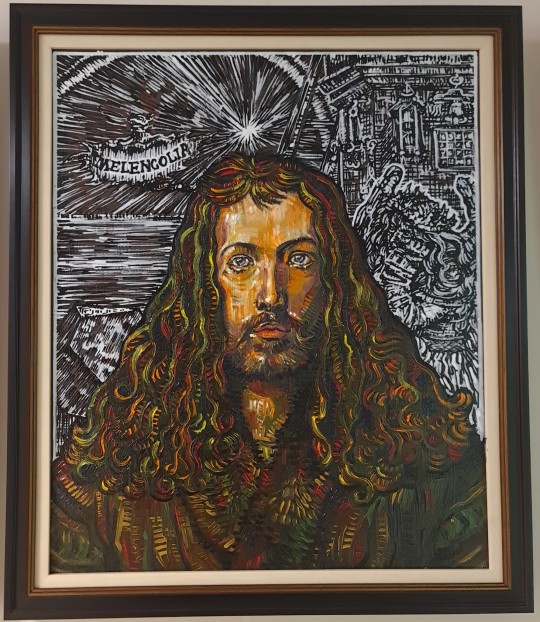


This was my graduation triptych (I finished my art school a year ago).
From left to right:
Salvador Dalí, Albrecht Dürer, Vincent van Gogh.
Mixed media - oil, acrylic markers, oil pastel.
#art#acrylic markers#drawing#portrait#traditional art#salvador dali#albrecht dürer#vincent van gogh#oil pastel#oil#graduation project#art school#painting#famous artists#mixed media
7 notes
·
View notes
Text

Jean Michelle Basquiat with Andy Warhol
#jean michelle basquiat#andy Warhol#pop art#vibrant#portraits#photography#1970#70s#graffiti art#new York#studio 54#night scene#art#painters#Manhattan#French#famous artists
93 notes
·
View notes
Text


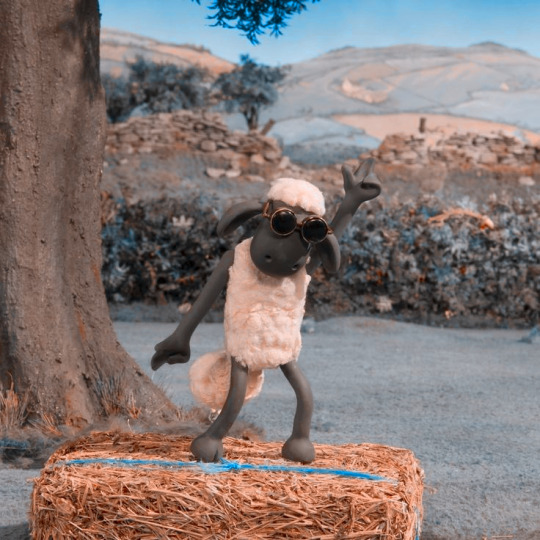
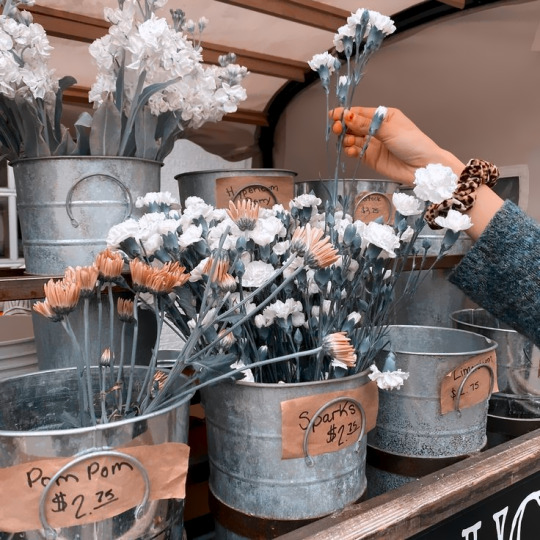





𓇼ꔵ 🈖황🍓★ ⟦ 𝙽ᧉɯ ᰍ𝗼ᩚ𝘀𝘁🝮 [..]꒳䩞齉 𝗹i𝗸ᦸᩚ 𝗼𝗿 ꢯᴥᩚ𝗯𝗹𖣠𝗀! ᭥🥦🥨.. % 氎░⃟⃛💭⩩ (っ˘з(˘⌣˘ )🕷ིܳ 🍽 ✿ ~ (𝗰.)𝗿ɘ𝗱𝗶𝘁𝘀 𝗺𝗲̲ ˚•̩̩͙㚼顳𓍊𓋼 ⃪
#icons#icons with psd#stellarxpsd#girls icons#site model icons#random icons#famous#camila mendes#camila mendes icons#camila mendes moodboard#camila mendes icons with psd#icons riverdale#famous artists#artists on tumblr#creatorlobby
101 notes
·
View notes
Photo
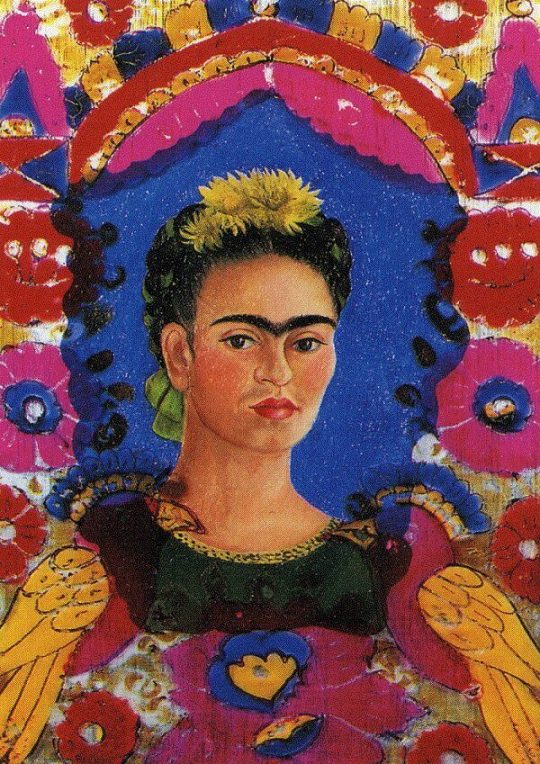
“The Frame” (1938), Frida Kahlo
Frida Kahlo is considered to be the first surrealist painter and was the first Mexican woman artist to be represented in a major European institution, The Louvre, Paris. This was the painting they acquired in 1939!
#art#I love art#frida kahlo#kahlo#painting#self-portrait#beauty#art history#artists on tumblr#Tumblr art blogs#louvre#art museums#history#famous artists#mexican artists
175 notes
·
View notes
Text
“Just think of that; isn’t it almost a new religion that these Japanese teach us, who are so simple and live in nature as if they themselves were flowers?”
- Vincent van Gogh, in a letter to his brother, Theo van Gogh.
#quote#vincent van gogh#art#art history#art history blog#painting#japanese#van gogh#artist#famous artist#famous artists
263 notes
·
View notes
Text

Amedeo Modigliani and Picasso in Paris, 1916
Photo by Jean Cocteau
#picasso#modigliani#amadeo Modigliani#artists#famous artists#vintage photos#vintage vibe#color photography#colorized vintage photos
27 notes
·
View notes
Text
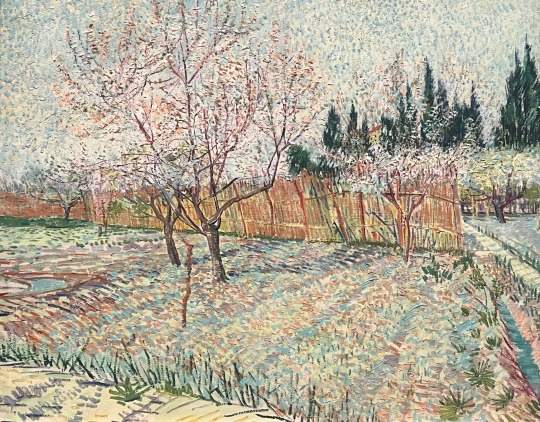
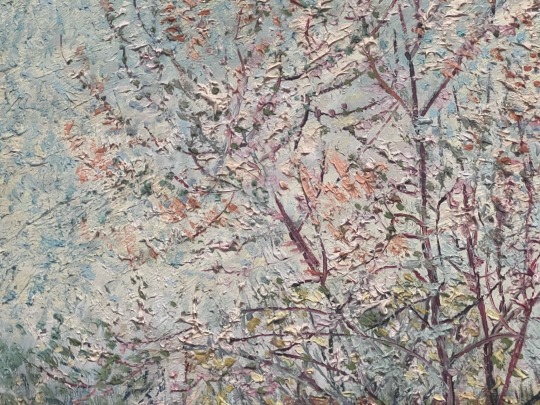
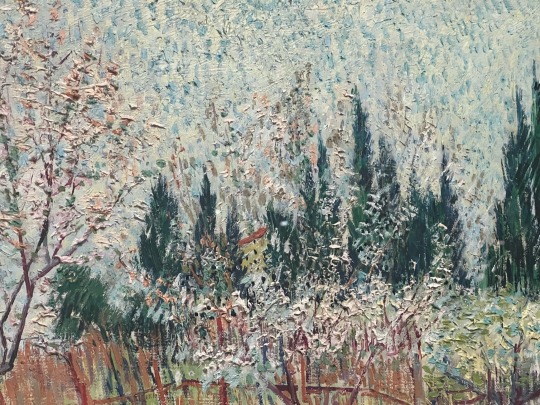
Orchid with Peach Trees and Cypresses, Van Gogh
[April 1888, oil on canvas]
Dotting, using Georges Seurat’s fine-tuned technique, to orchestrate this scintillating composition. Diagonal strokes used in the Cypresses to create a contrast to the delicate dabs of pastel colour used on the Peach Trees.
#art pieces#artwork#oil painting#traditional art#cottagecore#van gogh#the met museum#gallery wall#art gallery#famous artists#famous art#cypresses#van gogh art#van gogh aesthetic
9 notes
·
View notes